Rising Urban Heat Islands
The phenomenon of urban heat islands is becoming increasingly pronounced, significantly impacting the District Cooling Market. As urban areas expand, they tend to absorb and retain heat, leading to elevated temperatures compared to surrounding rural areas. This effect exacerbates the demand for cooling solutions, as residents and businesses seek relief from the heat. District cooling systems offer an effective response to this challenge by providing a centralized cooling solution that can mitigate heat impacts across large areas. The increasing prevalence of urban heat islands is likely to drive demand for district cooling, as cities look for sustainable ways to manage rising temperatures. Consequently, the District Cooling Market may see accelerated growth as urban planners prioritize these systems in their development strategies.
Technological Innovations
Technological innovations are reshaping the landscape of the District Cooling Market. Advances in cooling technologies, such as thermal energy storage and smart grid integration, are enhancing the efficiency and reliability of district cooling systems. These innovations allow for better load management and energy distribution, which can lead to significant cost savings for operators. Moreover, the integration of Internet of Things (IoT) technologies enables real-time monitoring and optimization of cooling operations, further improving system performance. As these technologies continue to evolve, they are likely to attract investment and interest in the District Cooling Market, as stakeholders seek to leverage cutting-edge solutions to meet growing cooling demands.
Energy Efficiency Improvements
The District Cooling Market is experiencing a notable shift towards energy efficiency improvements. As energy costs continue to rise, stakeholders are increasingly seeking solutions that reduce consumption while maintaining comfort levels. District cooling systems, which utilize centralized cooling plants, can achieve efficiencies that are often unattainable with traditional cooling methods. For instance, these systems can reduce energy consumption by up to 50% compared to conventional air conditioning. This efficiency not only lowers operational costs but also aligns with broader sustainability goals, making it a compelling choice for urban planners and developers. The growing emphasis on energy-efficient technologies is likely to drive investments in the District Cooling Market, as cities aim to meet regulatory requirements and enhance their environmental profiles.
Regulatory Support and Incentives
Regulatory support and incentives play a crucial role in shaping the District Cooling Market. Governments are increasingly recognizing the benefits of district cooling systems in reducing greenhouse gas emissions and promoting energy efficiency. Various jurisdictions have implemented policies that encourage the adoption of these systems, such as tax incentives, grants, and streamlined permitting processes. For example, some regions have established mandates for new developments to incorporate district cooling solutions, thereby fostering a more sustainable urban environment. This regulatory landscape not only stimulates market growth but also enhances the attractiveness of district cooling as a viable alternative to traditional cooling methods. As regulations continue to evolve, the District Cooling Market is poised to benefit from increased adoption and investment.
Increased Demand for Sustainable Solutions
The increasing demand for sustainable solutions is a driving force in the District Cooling Market. As environmental awareness grows, consumers and businesses alike are prioritizing eco-friendly options in their operations. District cooling systems, which utilize renewable energy sources and promote energy efficiency, align well with these sustainability goals. The market is witnessing a shift as more developers and municipalities opt for district cooling as a means to reduce their carbon footprint. This trend is further supported by international agreements aimed at combating climate change, which encourage the adoption of sustainable practices. As the demand for sustainable solutions continues to rise, the District Cooling Market is expected to expand, driven by the need for environmentally responsible cooling options.


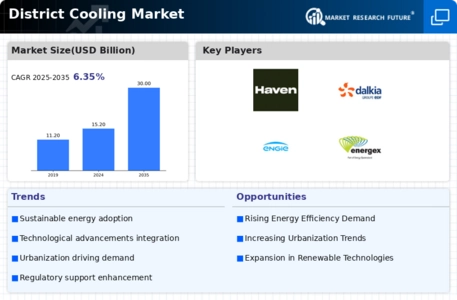
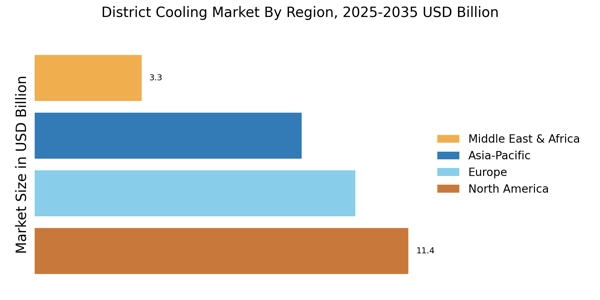
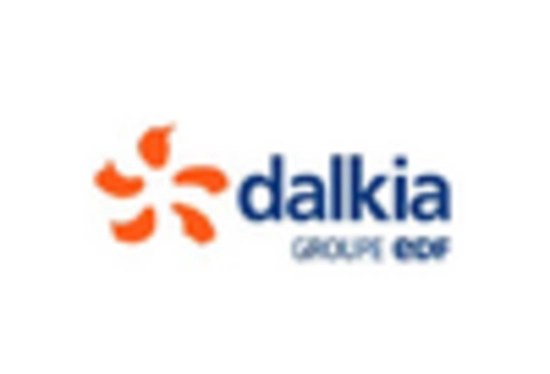

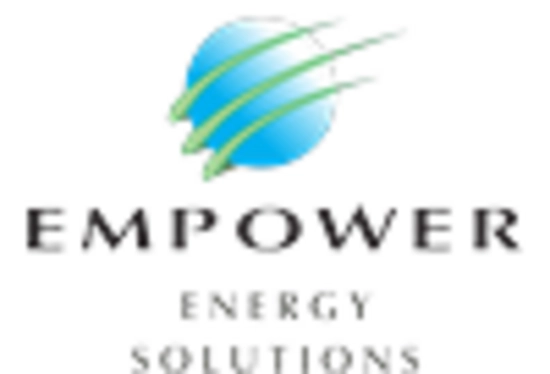
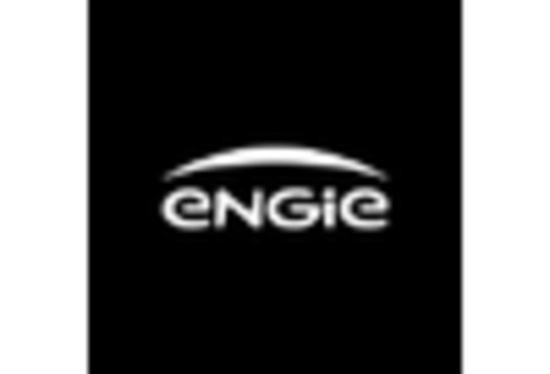










Leave a Comment